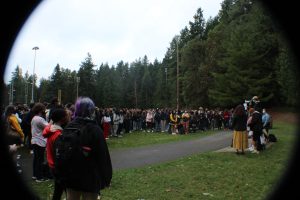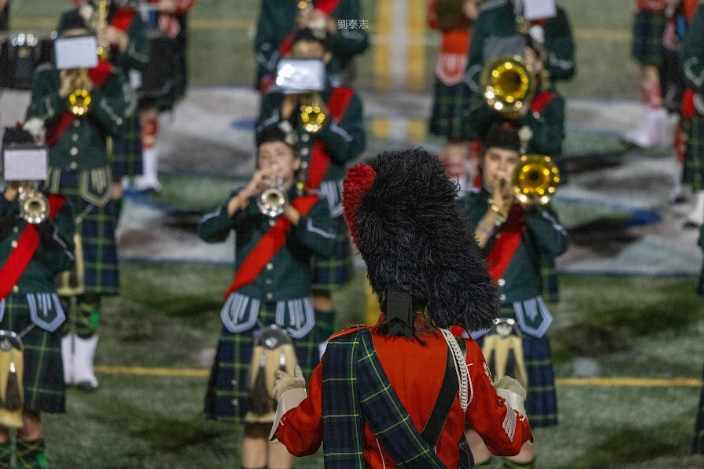
Shorecrest and Shorewood. Two schools are less than a 15 minute drive away from each other. That couldn’t be all too far, correct?
That doesn’t seem to be the case.
From the variety of class options, to the school colors, to the buildings themselves, there’s a surprising amount of differences between the schools meant to be sisters. And one of those differences happens to be the student culture- and we must ask, why is that?
Why are two schools with near identical populations, racial demographics, and areas so different? In the past two years alone, Shorecrest’s student population has held a walkout for sexual assault, participated in protests for gun control, has had political walkouts and protests, and represented a majority of the speakers at a School Board meeting designed to listen to concerns from students. In the past two years, Shorewood has participated in none of those, other than a minority of speakers at last year’s infamous April 4 School Board meeting.

The Shorecrest student body’s commitment against sexual assault has led to a completely new sexual assault reporting process in our district, depicted by a poster in every classroom. Shorecrest’s cheer team has refused to cheer for football players accused of sexual aggression, even facing threats from administration. Shorecrest’s class of ’23 and ’24 presidents gave speeches to the school board, and their class of ’23 and ’24 School Board representatives helped implement the Junior School Board rep position and student committee so student voices could be heard by the School Board.
Shorewood does not have nearly the same amount of involvement in efforts for social justice and student voice. Now, we must ask why and how this divergence in student culture was created, despite the friendships, relationships, classes, and location these schools have in common.
Shorewood students also agree with this, with an anonymous Shorewood junior admitting that “Shorecrest is just more accepting, and cares about their community.” They admitted they didn’t know why, but suspected it was due to the “lack of diversity” at Shorewood compared to Shorecrest- but now, we need to find that difference.
Looking at school and student demographics, Shorewood and Shorecrest are very nearly identical when it comes to student ethnicity and race. The few notable differences in basic statistics, according to the National Center for Education Statistics, is that Shorewood’s teacher-to-student ratio is more than an entire student less than Shorecrest’s, and that Shorecrest has a slightly higher percentage of students on free and reduced lunch.
Is this “ever so slight” economic difference between the two areas all it takes for such a dramatic shift in culture? Well- the economic difference is not “slight”. Looking into the differences between the zip codes that make up the areas for Shorewood and Shorecrest, three times the amount of children in Shorewood’s zip code (98177) attend a private school, compared to Shorecrest (98155): 34% of children in the 98177/Shorewood zip code area are enrolled in a private school, whereas only 12% of children in 98155/Shorecrest attend a private school. If we added these children into the statistics for free and reduced lunch, Shorewood’s percentage would reduce dramatically compared to Shorecrest’s, proving the large economic disparity between the two areas.
If this is the cause for the cultural shift, then more research is required to answer more questions, such as “how did this economic disparity appear despite close geographical proximity?” The surface has been scratched on the dramatic cultural differences between Shorecrest and Shorewood, yet more must be done to find the specificities between them. These differences are important to recognize, however, in the search for equity across the district, from access to higher level classes, to extracurricular resources, amongst the many other qualms the district is trying to smooth and address between the two schools.









